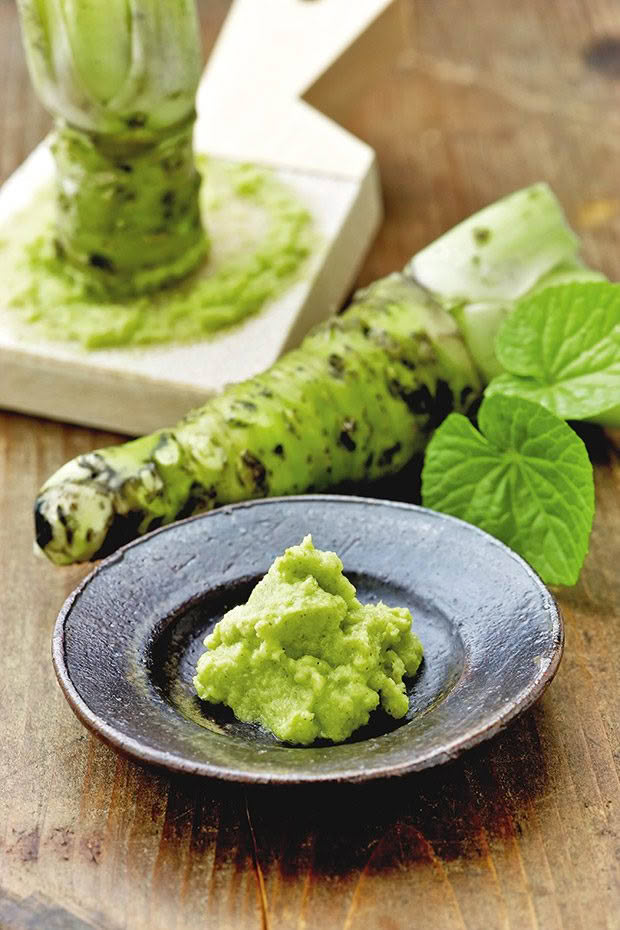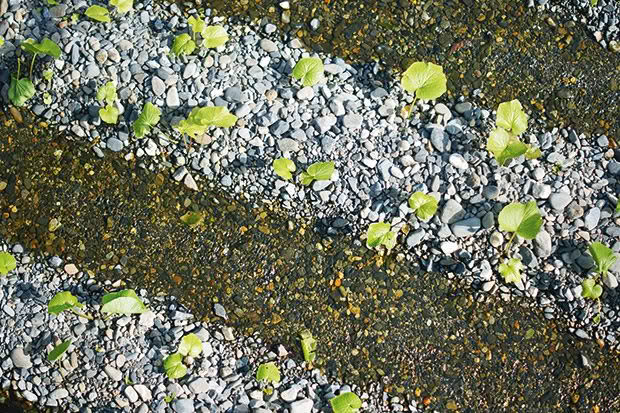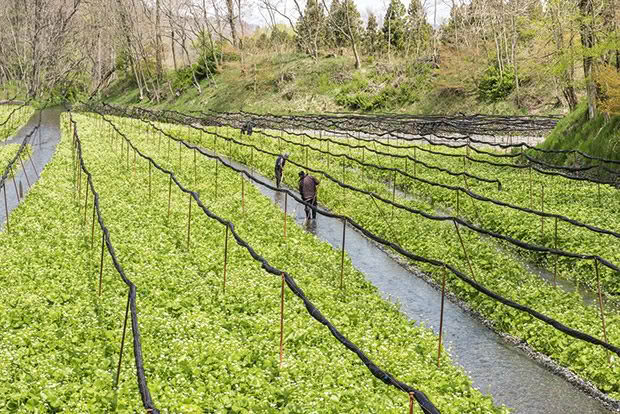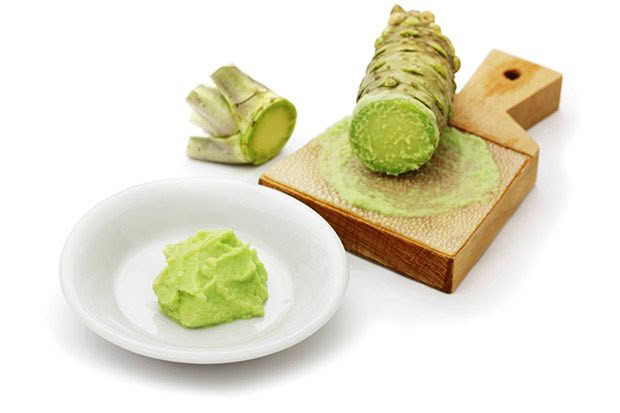How to grow wasabi in New Zealand (it’s not as hard as you think)

Fresh wasabi is a hot pick for the patient gardener.
Words: Jane Wrigglesworth
Wasabi is a hot commodity in Japan. Here in New Zealand, and most other places in the world, its counterpart horseradish is much more common.
That’s because wasabi is hard to grow. Some experts say it’s the most difficult crop in the world to grow commercially.
But don’t let that put you off. Wasabi is grown in NZ, and plants do come up for sale on Trade Me if you want to try it. In Japan, it’s a huge operation. Jane Carden of the Auckland Herb Society recently visited the Daio Wasabi Farm, one of the largest wasabi farms in Japan. The farm has multiple paddocks and a network of small streams which provide the plants with a constant flow of water.

For six months of the year, from May to October, the plants are protected from the sun under shade cloth. “It’s grown in beds of sand and gravel through which water is constantly flowing,” says Jane. “The plants tolerate limited sunlight. They have to be grown under 70 percent shade cloth. During summer, plants are constantly sprayed and kept moist.”
6 TIPS TO GROWING WASABI
The wasabi rhizome looks like a root, but is a stem which grows above ground, taking 18-24 months to mature.

1. Grow it in a container full of extremely free-draining potting mix or gravelly soil in the ground. Add in some compost for a rich, organic, free-draining mix.
2. Wasabi needs 70 percent shade – if necessary, place a shaded cloche over the plants.
3. While plants like plenty of water, they don’t like standing in water, so keep the soil moist but not saturated.
4. Some gardeners add a layer of gravel on top of the soil; the idea is that the roots grow down into the compost and fewer grow out of the rhizome, keeping the rhizome ‘clean’.
5. Remove yellowing leaves at the bottom of the plant as it grows, which over time promotes the growth of the rhizome. You can also remove some before they turn yellow and use them fresh in green salads. They have a peppery bite, similar to watercress.
6. Each wasabi plant produces small plantlets that rise from the crown. When harvesting the rhizome, remove these side shoots and plant them – you may be lucky enough to get 4-6 new plants. Plants will also send up flower stems which will go to seed – harvest the seeds, put in the fridge for a month or two, then sow in autumn.
HOW TO EAT YOUR WASABI
Once grated, wasabi’s heat diminishes quickly – after 10-15 minutes, it’s gone – so always serve it freshly grated. That’s why the ‘wasabi’ in sushi packets is a mix of horseradish, mustard, and green dye. By the time you eat your sushi, the heat from any real wasabi would be long gone.

In Japan, another traditional condiment is wasabi zuke, a pickling of the leaves and stems using sugar and salt. You can make a quick pickle by covering the leaves in sugar and salt for 15 minutes to remove some of the bitterness. You can sauté the leaves with olive oil for a side dish.
MORE HERE
8 cover crops that hold the secret to growing nutrient-rich food
Love this story? Subscribe now!
 This article first appeared in NZ Lifestyle Block Magazine.
This article first appeared in NZ Lifestyle Block Magazine.
